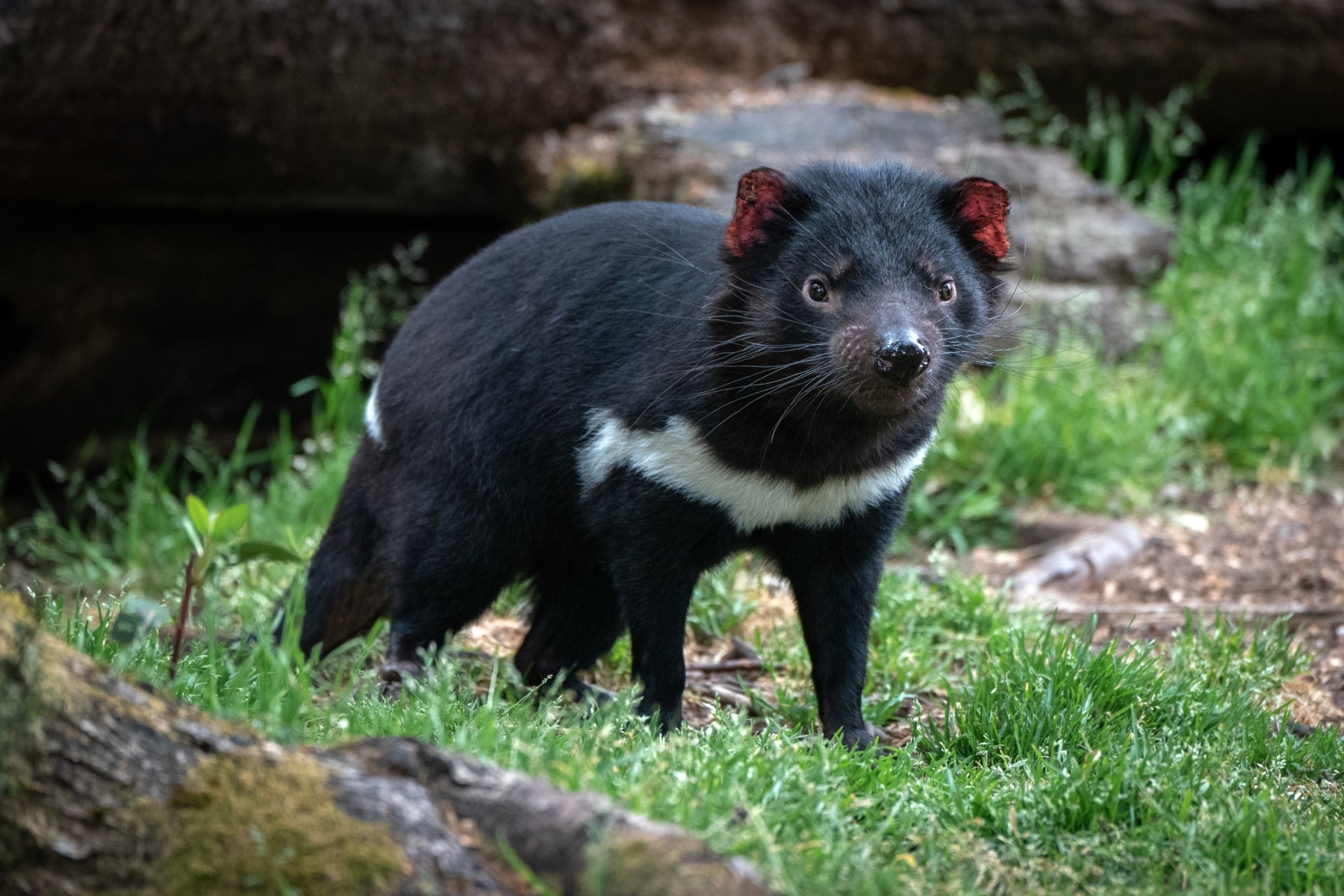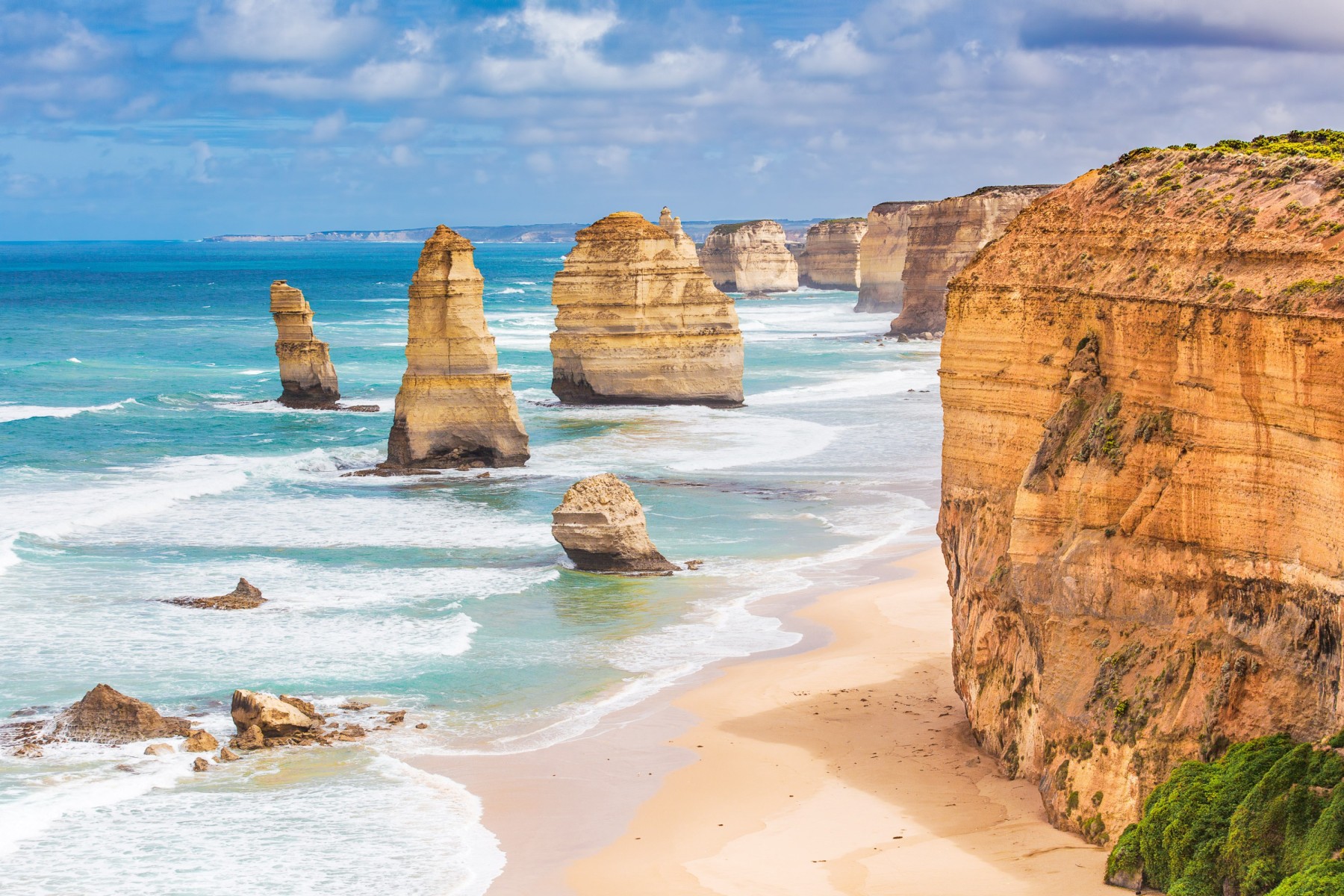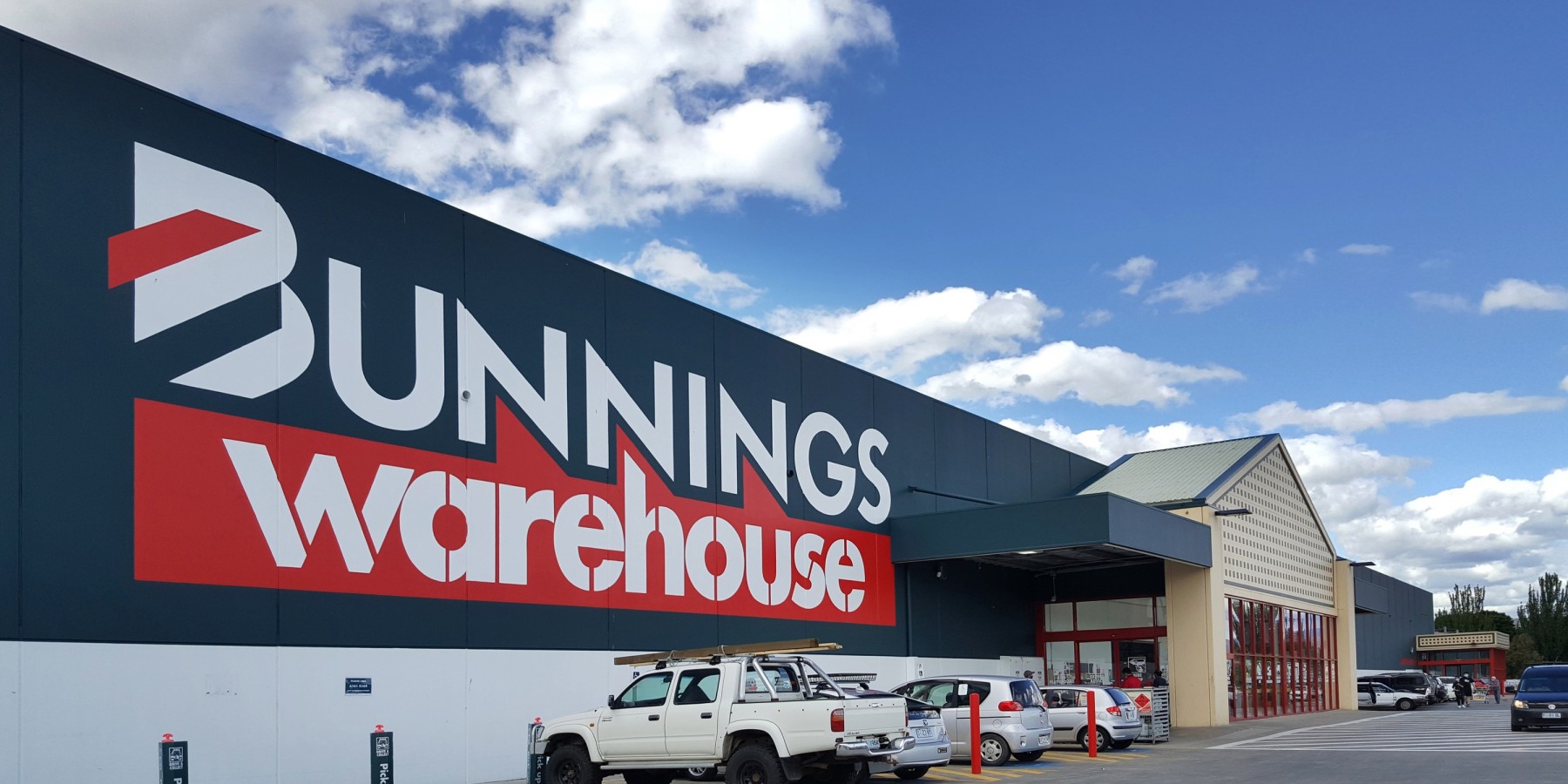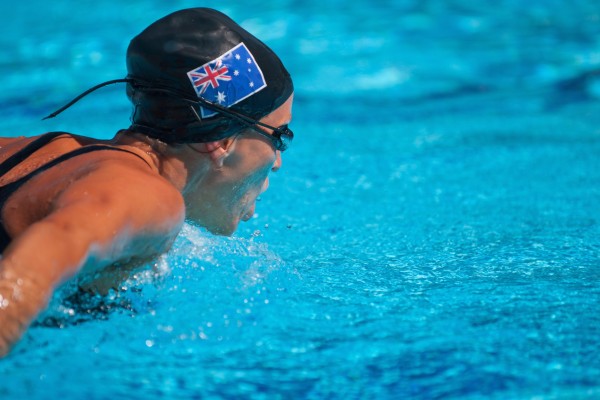Australian icons and symbols - the complete guide

If there’s one thing Australians hold dear, it’s their national identity. It’s a diverse mix of old and new, where modern symbolism meets a deep and rich indigenous history.
Landmarks, flags, figure heads and even some Aussie brands make up the ‘true blue’ identity.
In this article we’re exploring the range of sacred, historical, funny and outrageous Australian icons and symbols.
Top Aussie icons and symbols
As a muli-cultural society with a number of different States and Territories there are an impressive number of emblems that represent the people and places of Australia.
Australian emblems and imagery embody the spirit and culture of the land down under.
The flag of Australia

The Australian flag, adopted in 1901, honours Australia's past and celebrates its present and future. This blend of stars, crosses, and deep blue skies, tells tales of its British roots while proudly flaunting the Southern Cross constellation as its own celestial signature. It's a testament to the Aussie spirit - adventurous, resilient, and always ready for a yarn under the vast outback sky. With the Commonwealth Star representing all states and territories, this flag isn't just a symbol, it's about mateship, wild adventures, and the endless blue horizons that define the land Down Under.
Australian Aboriginal flag

The Australian Aboriginal flag is a powerful symbol of Indigenous heritage and pride. Conceived by Harold Thomas in 1971, its design encapsulates the spiritual connection to the land. The flag's top half, shrouded in black, represents the Aboriginal people, while the red bottom symbolizes the earth and their spiritual relationship to it. At its heart, the golden yellow disc illuminates the flag, signifying the sun, and a constant presence over the country’s ancient landscapes. More than just a flag, it's a vibrant declaration of resilience, survival, and the enduring strength of Australia's First Nations peoples.
The Australian Aboriginal flag stands as a powerful symbol of Indigenous heritage and pride.
Torres Strait Islander flag

The Torres Strait Islander flag symbolises the identity and unity of the Torres Strait Islanders. Its distinctive features include a white Dhari (headdress) at its centre, representing Torres Strait Islander people, and a white five-pointed star beneath it, symbolising the sea, peace, and the islander's navigation by the stars. The flag’s green stripes represent the land, the blue the sea, and the black the people. This flag symbolises the Islanders' deep connection to the islands, the sea, and the sky.
Australian state and territory flags
Australia comprises six states and two territories, each with its own unique culture and identity. Each state and territory had its own flag, showcasing symbols that reflect the rich history and diverse cultures of the land.

Australian Coat of Arms
The Australian Coat of Arms is the official symbol of Australia that represents its unity and authority. Granted by King George V in 1912, it features a shield held by two of Australia’s native animals: the kangaroo and the emu. The shield displays the badges of the six states: New South Wales, Victoria, Queensland, South Australia, Western Australia, and Tasmania. Above the shield is a seven-pointed gold star, or Commonwealth Star, representing the Australian Federation's six states and its territories. The background includes a wreath of golden wattle, Australia’s national floral emblem, symbolizing unity and the country’s natural beauty.

Australian State and Territory Coat of Arms
Every Australian state and territory holds its own Coat of Arms, each displaying what’s important and unique about that place. These symbols include animals, plants, and landmarks that tell a story about each area's special qualities.

Iconic animals in Australia
Australia is known worldwide for its unique and wonderful wildlife. So, it’s no wonder that animals play a big part in their identity.
The kangaroo
The kangaroo is perhaps the best known creature from Australia’s animal kingdom. The Red Kangaroo is the largest living marsupial in the world with adult males growing up to 75kg. They are also the animal emblem for the Northern Territory.

Hilarious videos of kangaroos interacting with locals have been liked and shared on tv and social platforms globally.
Check out some of these videos if you haven’t seen them already.
The laughing kookaburra
The Kookaburra is the bird emblem for NSW however, the birds are found all over the country and the sound of the laughing Kookaburra is symbolic of the Australian bush.
The koala
The koala is one of the most popular Australian animal symbols around the world. Found in many different locations around the country, the koala is also the animal emblem for Queensland.
The wallaby
The wallaby is often confused with Australia’s other well-known animal emblem the Kangaroo.
While members of the same marsupial family, they are seen quite differently in the eyes of Australians. While roos are widespread, certain species of wallabies are endangered.
The Southern brush-tailed rock-wallaby is one of these endangered animals. It is also the animal emblem for Australian Capital Territory.
The Tasmanian devil
Known by many worldwide as the mischievous Looney Tunes character, the Tasmanian devil is actually the animal emblem for Tasmania.

The whale shark
The whale shark was declared as Western Australia’s marine animal emblem over ten years ago. Although they are typically found in tropical and warm waters, whale sharks have become famous for their gathering off Western Australia.

Iconic Australian places and landmarks
Ever considered what landmark really sums up Australia?
Is it the Sydney Opera House, Uluru, or The Great Barrier Reef?
The truth is, there isn’t just one. The country is as diverse in its natural landscape as it is in its people and cultures - which makes for a multitude of iconic landmarks.
Here are some of the most recognised spots associated with Australia and its people.
Uluru
More than just a giant rock formation, Uluru is said to hold ancient wisdom. It’s located in the heart of the Central Australian Desert and is famous around the world for its bright red hue.

While people travel from around the world to witness Uluru in all its glory, this spot is much more than a photo opportunity for tourists. The traditional land owners of this site (the Yankunytjatjara and Pitjantjatjara people), hold a deep connection to the land.
Great Barrier Reef
Tourists travel far and wide to get a glimpse of the Great Barrier Reef in Australia. The reef is filled with an abundance of marine life and there are over 3,000 individual reef systems throughout. The reef is one of the seven natural wonders of the world and is considered one of the world’s most sought after vacation spots -thus earning it its reputation as a truly iconic place.

Twelve Apostles
The twelve apostles are located 275 km west of Melbourne along the famous surf strip - the Great Ocean Road. These rock stacks were formed as a result of up to 15 million years of erosion of the mainland from rain, wind and wave exposure.

Aussie brands that became icons
Vegemite
Vegemite (not to be confused with Marmite) is a distinctly Australian food that can be found in almost every Aussie kitchen cupboard. Over the years this symbolic spread has been featured in a number of Aussie songs, shows and movies. It’s best enjoyed spread on toast or crackers but, be warned, tourists often find the flavour a little too strong.
Bunnings
Is there anything more Aussie than a weekend trip to Bunnings with the family? Bunnings is a home improvement store loved by tradies, DIYers and more.

Famous for their sausage sizzles (sausages cooked on the BBQ) and staff with a friendly, down to earth demeanour, there’s a Bunnings store in almost every neighbourhood around the country.
Qantas
Qantas is an iconic Aussie airline and also just happens to be the second oldest airline in the world (behind KLM).
The Qantas signature tune ‘I still call Australia Home’ was first debuted in 1987 and has been used in campaigns ever since. It’s now considered an unofficial national anthem by many Australians.
Iconic figures from Australian culture
Australia is not short on talent. With a long list of internationally acclaimed sports people, actors, actresses and activists, Aussies have certainly made their mark on the global stage.
However, there are a few who stand out from the crowd as true Australian icons.
Donald ‘Don’ Bradman. Cricketer and national sporting symbol.
Rupert Murdoch. One of the world’s most famous businessmen. His media empire spreads across three continents and holds an unprecedented amount of international influence.
Paul Hogan. Actor and ‘Legend of Australia’ known for his ‘Come Say G’Day’ ads, and the Crocodile Dundee movies, which changed tourism in Australia forever.
Steve Irwin. Environmentalist and tv personality best known for his television series The Crocodile Hunter and catch phrase ‘Crikey!’.

Olivia Newton-John. Australian actress and singer best known for her role as Sandy in the hit movie Grease. Throughout her career Olivia made 28 studio albums, won four grammys and sold over 100 million records.
Kylie Minogue. Australian singer, songwriter and actress recognised as the highest selling artist of all time.
Germain Greer. Activist, feminist and author known worldwide as a pioneer for women’s rights.
Cathy Freeman. First aboriginal woman to win an Olympic medal in an individual event and symbol of national reconciliation between indigenous and non-indigenous Australians.
True Aussie pride
83% of Australians say there’s no other country in the world they would want to live in, and it really shows.
Their celebration of every symbol and icon that embodies the Aussie way, is a testament to their patriotism and love of the land.
What do our customers say?































